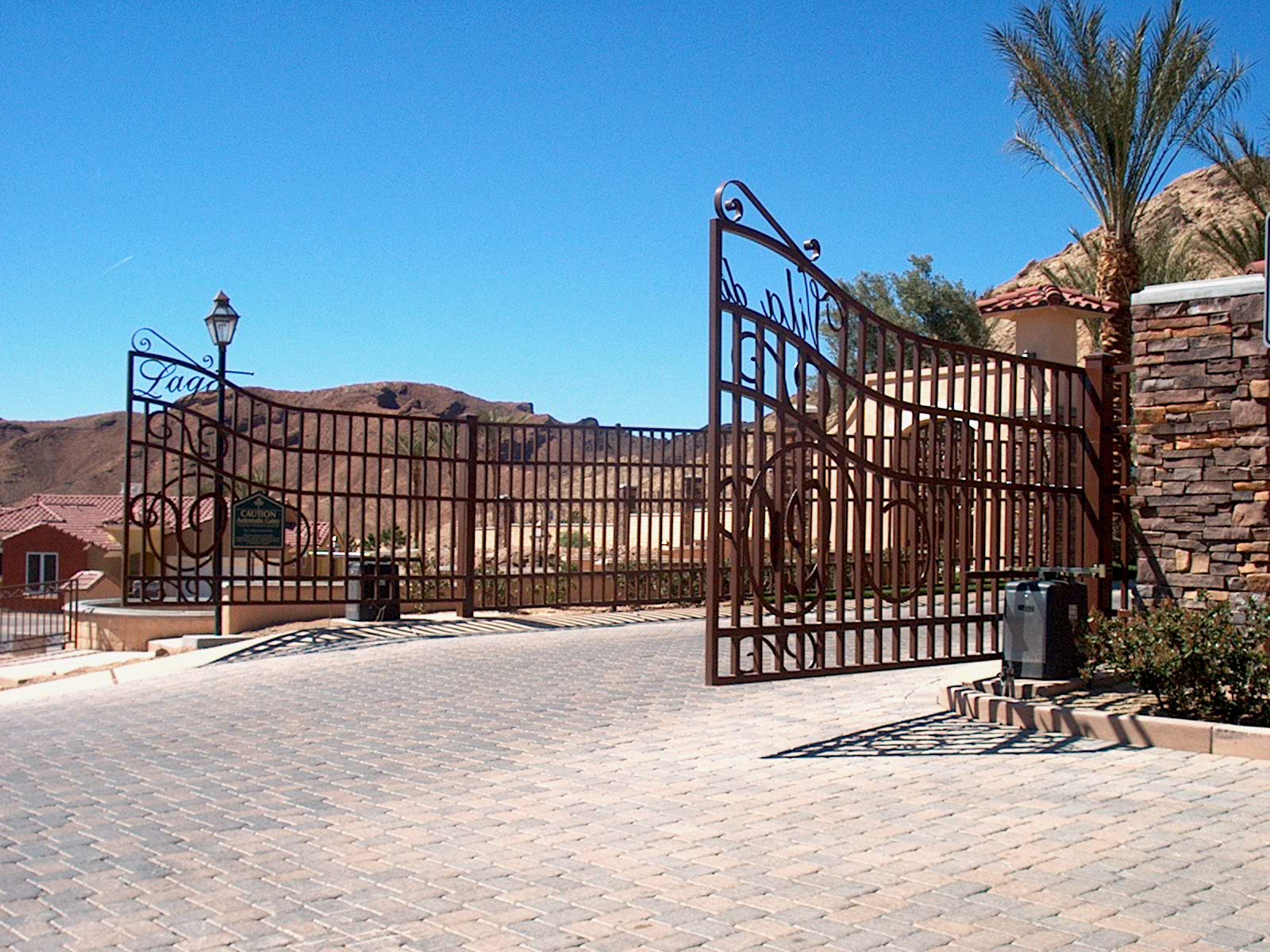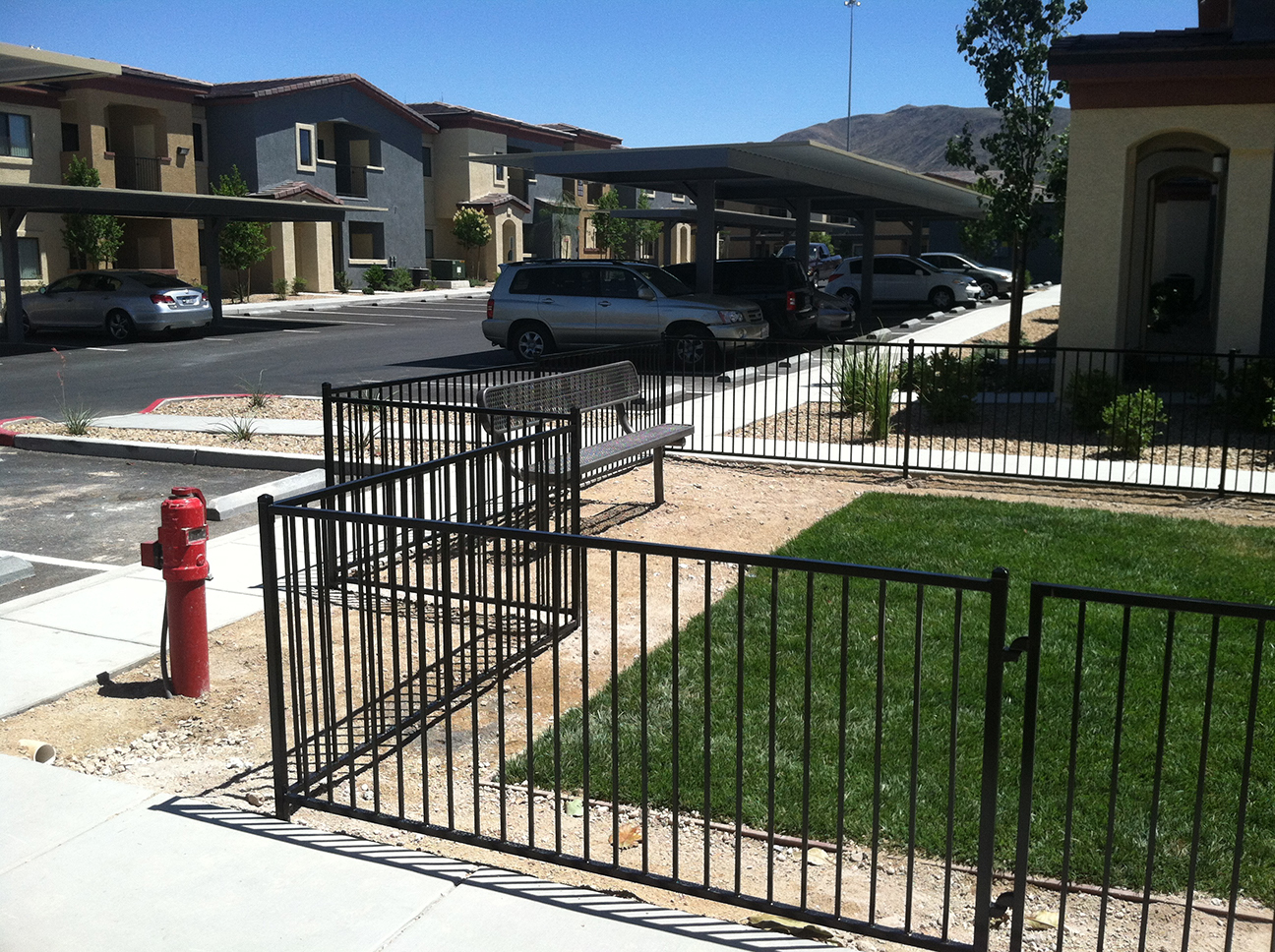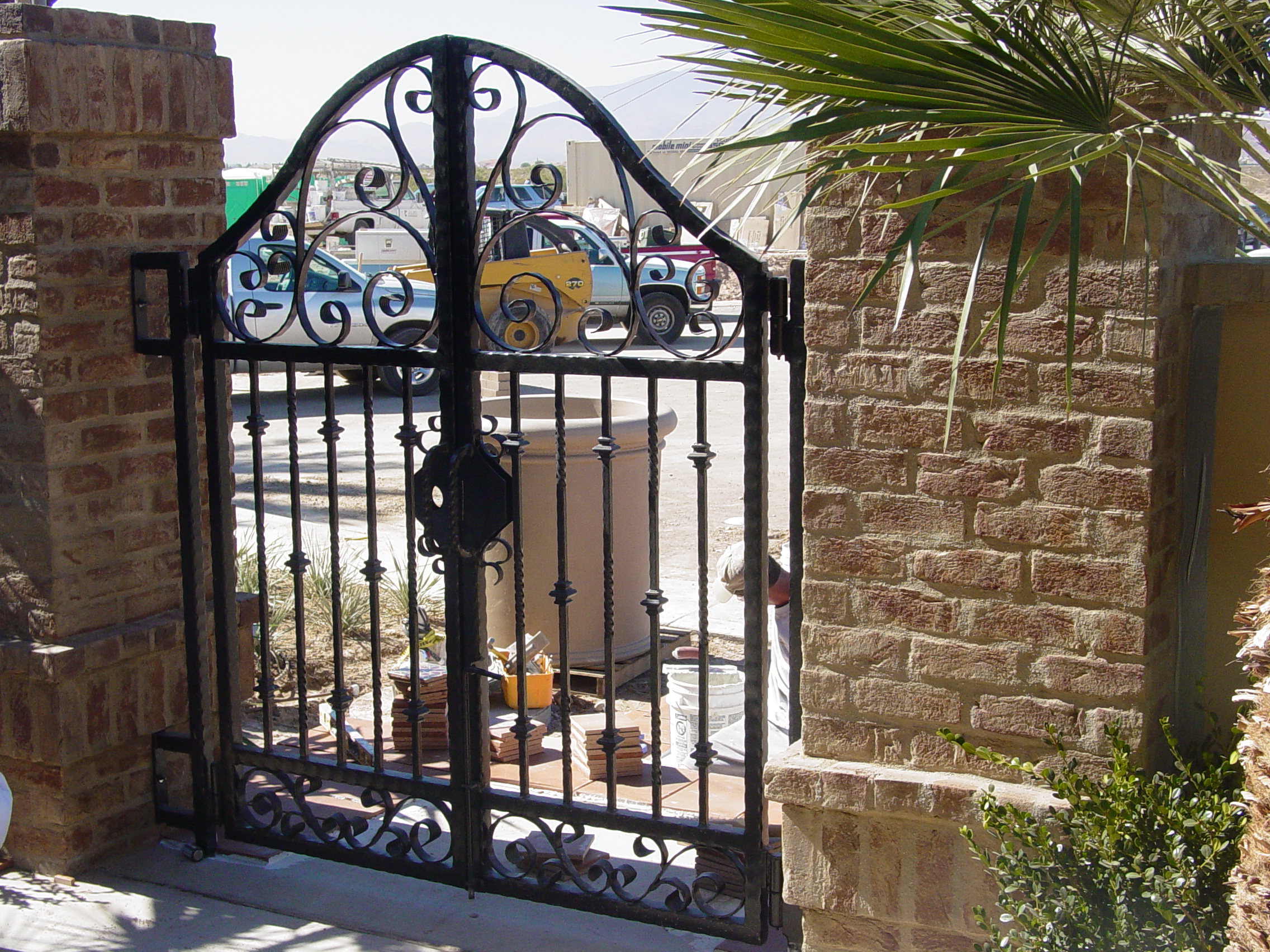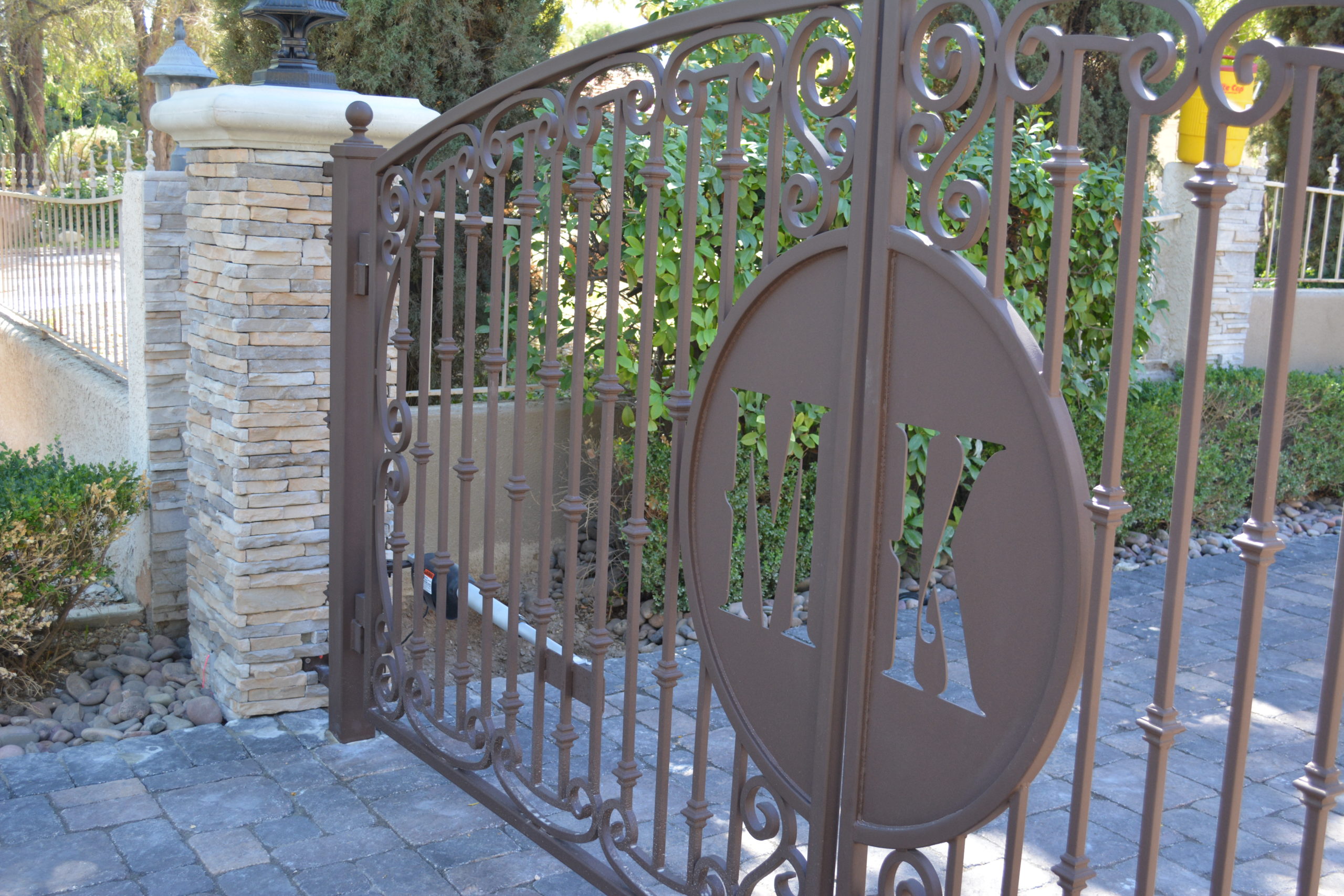
Steel vs. Wrought Iron Fencing
Both steel and wrought iron fencing give your home an elegance and appeal that’s unmatched by other fencing materials, as well as strength and durability that can last a lifetime. Despite their similarities, however, steel and wrought iron are two different metals with different amounts of carbon and their own unique benefits, so there are a few things to consider in deciding which is appropriate for your home.
Find out the important differences in steel vs. wrought iron fencing, including the strength level, versatility and appearance, and determine the right option for your needs.
Wrought Iron
In its natural form, iron is a raw element that is harvested from the earth. Wrought iron is an iron alloy with a very low carbon content, which differs from pure iron or cast iron. It is tough, malleable, corrosion-resistant and easily welded by comparison to pure iron, and before the advent of steel, wrought iron was the most common form of malleable iron. It earned its name from its ability to be hammered, rolled or worked under heat to create different pieces.
Historically, wrought iron was highly sought-after to make swords, chisels, axes and other cutlery, as well as files and springs. A small amount of wrought iron was refined into steel, however, and as the steelmaking process became easier and less expensive, steel took the place of wrought iron.
Steel
Steel is an alloy of iron and carbon, as well as some other elements. With a high tensile strength and low cost, it became a good material for buildings, tools, ships, machines, appliances, automobiles, weapons and infrastructure.
Steel has been around for centuries, but its commercial use only came about in the 17th century. Prior to that, the process was too difficult and expensive, but continued progress in steel production eventually lead to it being a practical option for a variety of metalwork.
Durability
Steel and wrought iron are both strong, hard materials that make durable fencing that can last for years. The main difference between them is that wrought iron is composed entirely of iron, whereas steel fencing contains an alloy of iron and carbon. Carbon makes steel a little stronger than wrought iron, which can help it withstand the elements and resist damage.
Wrought iron, though, is more naturally resistant to shock and vibration, which counteracts the softness of the metal. In addition, when wrought iron has a small break, it occurs gradually, so you have plenty of warning that the fence needs to be repaired or replaced. If steel is damaged, it breaks suddenly, so there’s no advance warning. On top of that, steel is prone to break from a powerful blow, which can be a concern in areas prone to natural disasters.
Welding Process
Wrought iron is more malleable, so welders can easily mold and shape it into a variety of interesting designs. This means you have a wider range of ornamental patterns and accents to choose from when you opt for wrought iron.
By comparison, the steel that welders work with is mild and contains only a small amount of carbon, so it is a little stronger during the process. It also heats up more easily than wrought iron, so it requires less energy to produce. Still, the fact that steel isn’t as easy to shape limits the fine details and design options, and many steel fence or gate accents are cast in plastic or other materials to achieve the level of desired detail.
Pricing
The welding process for both steel and wrought iron can affect the price of a fencing or railing project. Steel fencing is fabricated a little faster and requires less energy, so its production costs are typically lower. Wrought iron takes less work to mold, however, which may lower its overall cost, depending on the specific project.
When it comes to pricing, the choice of metal and the size and intricacy of the project can all affect the price, so factoring cost into your decision will come down to the customized quote you get for your unique design and your own needs.
Corrosion
Wrought iron is prone to rust, whereas steel contains nickel and chromium, making it more resistant to rust. Without these elements, steel isn’t as resistant and doesn’t have the longevity of iron. With proper care and protection, however, wrought iron can be free of rust and will stand the test of time.
Aesthetics
Both steel and wrought iron look beautiful on their own and are easy to sand, prime and paint, which keeps them looking new and helps them withstand the elements. They also have a similar look for your property, as compared to fencing options like wood or aluminum.
The differences are subtle, but they’re an important consideration in choosing which metal you prefer for your property. Wrought iron has a regal, Old World elegance that’s unmatched by any other fencing type and gives your property a stately look, not to mention, it develops a striking patina over time from oxidation. Steel isn’t quite as elegant, but it’s shinier and lends a more modern look than wrought iron.
Contact AR Iron
As this steel vs. wrought iron fencing comparison has shown, these two metal options have a lot in common, but it’s important to consider their differences. Because both types of metal fencing can last for decades or longer, the strength, durability, versatility, longevity and aesthetic appeal of each should all be weighed carefully in choosing the right option for your property.
If you want to learn more about the differences between steel and wrought iron fencing, AR Iron can help. With over 25 years of experience, we’re proud to offer custom-fabricated ornamental gates, fencing, spiral staircases, entryways, railings and other iron projects to home- and business owners in the Las Vegas area. No matter how big or small a project, we’re sure we can give you the quality, elegance and timelessness that will last a lifetime. Contact us today to learn more about our custom ironworks projects and request your quote!




